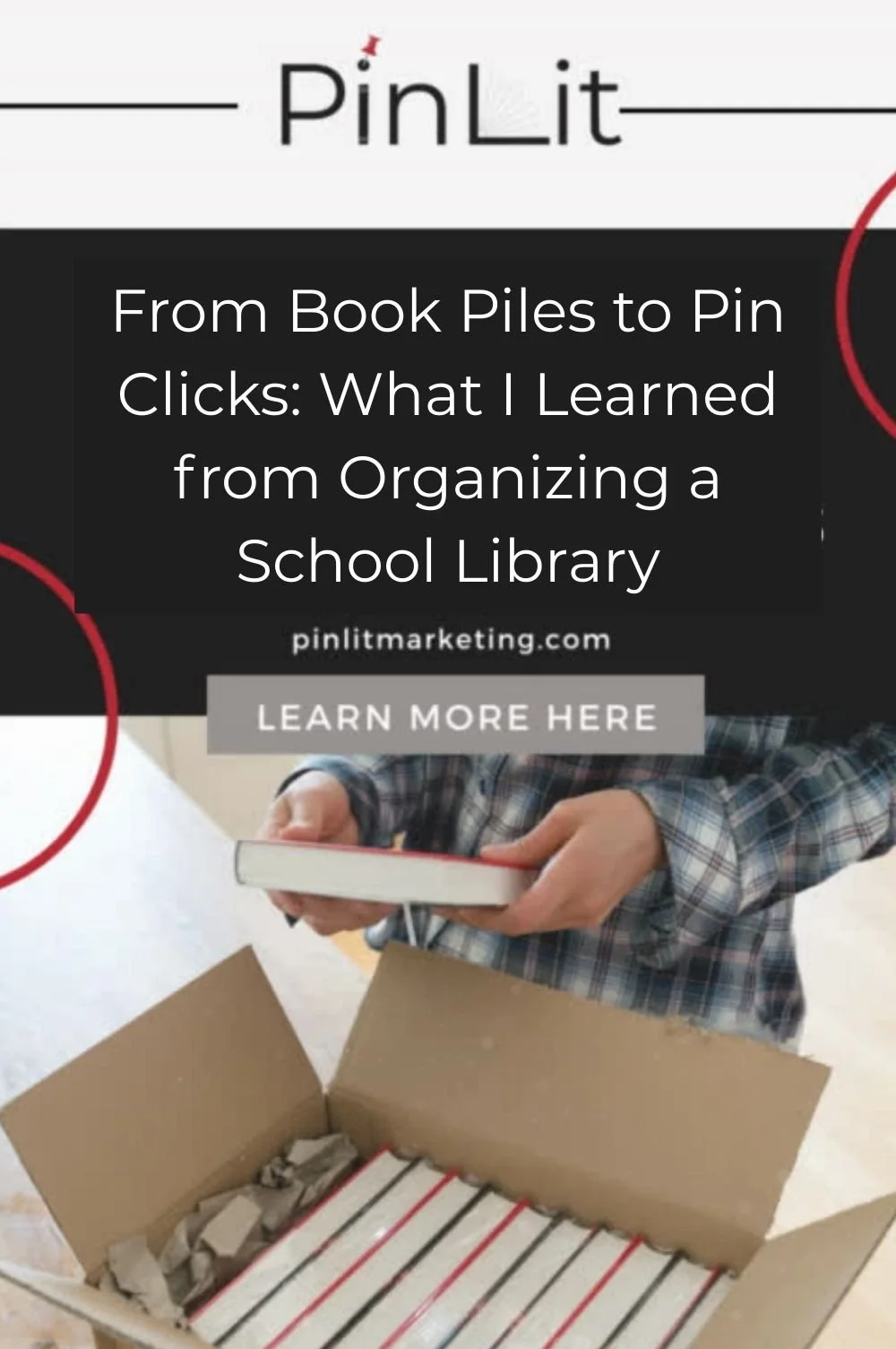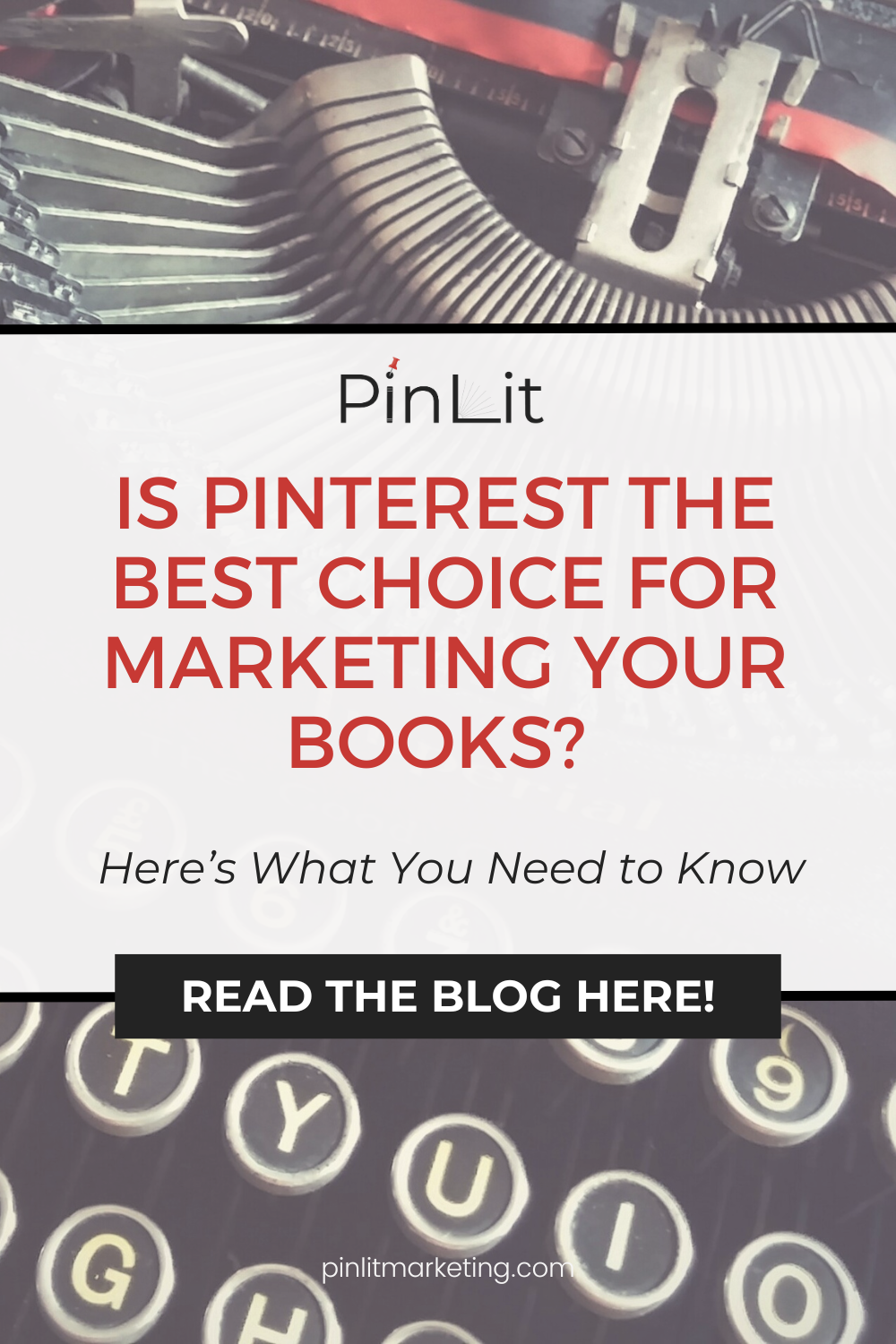From Book Piles to Pin Clicks: What I Learned from Organizing a School Library
This is a true story about a messy library, a reluctant fourth grader named Billy, and the surprising lessons that still shape the way I think about connection, curiosity, and building something meaningful—on Pinterest, of all places.
In 1998, I was an Upper Elementary teacher at White Rock Montessori School in Dallas, Texas. We’d just moved into a brand-new facility near White Rock Lake after years of operating out of borrowed spaces—church basements, Sunday school rooms, wherever we could make it work. The new building was beautiful. But like any big move, it was a bit chaotic.
One of the most memorable hot messes? The school library. It was tucked into a cozy alcove just across the hall from my classroom comprised of a vibrant group of 9- to 12-year-olds. While the rest of the school bustled with newness and excitement, the library looked like a book tornado had blown through. Shelves were half-full. Books were piled in stacks. Some didn’t even have covers.
Valiantly, my students and I adopted the mess as our own. We turned our classroom science table into a makeshift library headquarters, complete with rotating jobs and a shared goal: organize the entire collection using the Dewey Decimal System.
It was a big job. But we were all in.
Well… almost all of us.
There was one fourth grader—we’ll call him Billy—who made it crystal clear that he hated books and wanted nothing to do with the project. And Billy? He was not the quiet protestor type. I reassured him he wouldn’t have to read anything, but I also reminded him: this was a team effort. Like it or not, he was part of the crew.
Weeks passed. Our plan was in motion. Kids were sorting, labeling, and shelving. My little squad was turning chaos into order.
Then one day, Billy disappeared.
I checked the hallway. No Billy.
Sent a classmate to check the library nook. No Billy.
I began to panic…for real.
Then came a shout: “There he is!”
Burrowed into the piles at our classroom workstation, cross-legged in the middle of the chaos, Billy was reading. Totally absorbed in a book about sharks.
And that’s when it hit me.
We weren’t just organizing books.
We were building a place for discovery.
For belonging.
For connection.
And that’s exactly what a well-built Pinterest platform can do for authors.
Here are the steps we took to make the library project happen, and how you can follow to make your Pinterest platform a success.
Step One: Analyze
Before we touched a single book, we had to look around and assess. What did we have? What topics were overrepresented? What was missing? What needed love?
That’s the first step on Pinterest, too.
Before you create pins or boards, you stop and ask:
What content do I already have?
Who am I trying to reach?
What’s connecting? What’s being overlooked?
You start with a lay of the land. Because just like that messy library, your brilliant content might be buried under digital stacks no one can find.
And let’s not forget: Billy was there from the start. He was watching. Listening. Not engaged… yet.
The first step isn’t doing. It’s seeing.
Step Two: Strategize
Once we made sense of the mess, we needed a plan. The Dewey Decimal System became our guide—it helped us understand where things belonged and how they related to one another.
On Pinterest, your strategy is built around keywords and board structure. That’s your Dewey. That’s how you connect your content to the people searching for it.
Because sometimes, your shark book is in the cooking section—and no one’s going to find it there.
Keywords are the GPS. They help your audience discover your work—even if they weren’t looking for it.
Step Three: Implement
Once the plan was in place, we got to work. We labeled. We sorted. We shelved. We showed up for the long game.
That’s what Pinterest implementation looks like:
Keyword-rich pins
Intentional boards
Consistent posting
Small steps that build big momentum
Billy didn’t start out invested. But he showed up. And one day, the system worked its magic. He found something. Something that sparked curiosity.
Pinterest isn’t about overnight success. It’s about setting the stage for moments like that.
Step Four: Assess
Three months later, the library was transformed. But we didn’t just pat ourselves on the back and move on. We asked:
What’s working?
What’s being used the most?
What do we need to rearrange?
Pinterest works the same way.
It’s not set-it-and-forget-it.
It’s evolving visibility.
With analytics, you get to see what’s resonating. What’s being saved. What’s getting clicks. And you get to make it even better.
Because at the end of the day, our success wasn’t measured by how many books were shelved.
It was measured by Billy.
Reading.
Engaged.
Connected.
Final Thoughts
Pinterest isn’t just a marketing tool.
It’s a library.
A discovery zone.
A place to be found.
In short, not only is Pinterest a search engine, it’s also a place for connection.
When you build your platform with intention—when you organize your ideas and stories with clarity and purpose—your Billy will find you.
And that, my friend, is what makes the journey all worthwhile.









